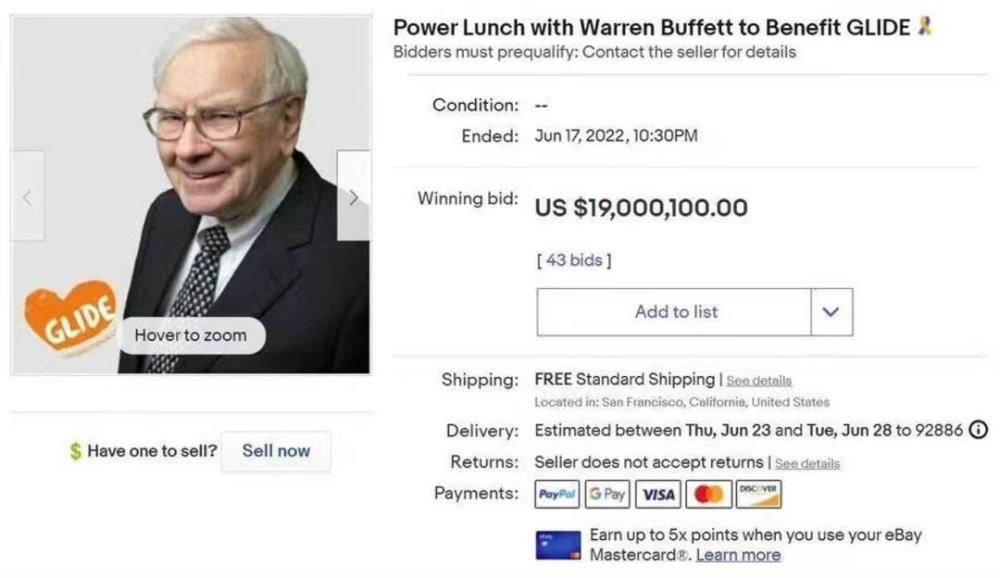International oil prices have fallen successively, and US oil fell below the $ 90 mark
Author:21st Century Economic report Time:2022.08.05
21st Century Business Herald reporter Peng Qiang Beijing report
Although the oil producers did not increase the production significantly, the weak signs of the demand side still made oil prices a sharp decline for two consecutive days. At the same time, the United States and Europe's attention focuses on the negotiations of the Iranian nuclear agreement, and Iran said that it is ready to return to the international crude oil market as soon as possible.
As of the morning of August 5th, Beijing time, the price of WTI crude oil futures delivered in September fell 2.34%, closed at $ 88.54/barrel, and fell below the $ 90/barrel. Futures prices fell 2.75%and closed at $ 94.12/barrel.
This is a sharp decline in international oil prices for two consecutive days. On August 3, the single -day decline of American oil and cloth oil was close to 4%. WTI crude oil fell to $ 90.66/barrel, and Brent crude oil fell to $ 96.78/barrel.
The analysis of Longzhong Information pointed out that the reason for the current decline in oil prices is that economic data is still weak, and the market's concerns about the slowdown of global economic growth may inhibit the demand for crude oil.
From the perspective of the news, in addition to economic data, US crude oil inventory has increased accidents. OPEC+decided by OPEC+composed of OPEC (OPEC) and its oil -producing country allies has become a disturbance factor for the recent oil price market.
On August 3, the US Energy Information Administration data showed that last week, US crude oil inventory unexpectedly increased by 4.5 million barrels per day. Due to the decline in exports and decreased oil refining volume of refineries, gasoline inventory also accidentally increased.
On the same day, OPEC+Organization agreed to increase the target of oil production by 100,000 barrels per day in September, which is equivalent to about 0.1%of global oil demand. The market is expected to have a significant impact on oil prices. This is far below the scale of 648,000 barrels per day in July and August.
As the world's major oil -producing countries, Saudi Arabia and Russia will continue to work together within the OPEC+framework. Saudi Arabia is unwilling to sacrifice Russia's interests to increase production.
U.S. President Biden visited the actual leader of OPEC+Organization Saudi Arabia in July, hoping that OPEC+organizations would have further increase in production. However, due to concerns about idle production capacity and uncertainty of the long -term prospects of the global oil market, OPEC+statement will be cautiously used with very limited excess capacity.
S & P global general analysis states that the slightly increasing increase in OPEC+is a slight sign of the United States urging production, but at the same time, it is also seeking a means of measurement to ensure the accidents of the oil producing countries.
Such measures are actually in line with the expectations of the previous market. In the past few months, the OPEC+organization's oil -producing countries failed to reach the planned scale of the plan. In fact, as the market has repeatedly discussed, today's OPEC+organizations, except Saudi Arabia and the UAE, almost no other members can significantly increase their output, and Russia is still in continuous sanctions.
OPEC+Organization said in the conference bulletin that insufficient investment in upstream departments will affect the continuous supply of crude oil, which will affect the increasing demand for oil -producing countries and non -oil -producing countries after 2023.
Compared to the cooling of oil prices by increasing supply, the weak economic data driven the downturn, and the demand side has formed a relatively obvious downward pressure for oil prices.
CITIC Futures Research Report pointed out that the degree of slowdown in global oil demand has been relatively significant in the near future, economic growth has continued to decline, and the Bank of the United States and Europe has accelerated tightening, and the demand for medium -term oil is gradually moving down.
After OPEC+has not increased its production as much as the United States expects, the focus of the crude oil market has begun to negotiate around the Iran nuclear agreement. On August 4, the Minister of Petroleum Iranian stated that Iran is going to return to the international crude oil market as soon as possible. On August 3, Iran, the European Union and the United States confirmed that senior representatives would be sent to Vienna for negotiations. If Iran eventually increases production, it is expected to increase the supply of crude oil to cope with the pressure of high oil prices.
- END -
Buffett's "Last Lunch" shoots 19 million US dollars of 4 Chinese winners different fate

Cover Journalist Xiong YingyingAfter 5 days and 43 bids, at 10:30 on June 18, Beij...
Luoyang Yiyang: The four village -level pension service stations (points) were listed in operation,

Top News · Henan Business Daily reporter Fu Shoupeng Correspondent Ma WenwenOn th...